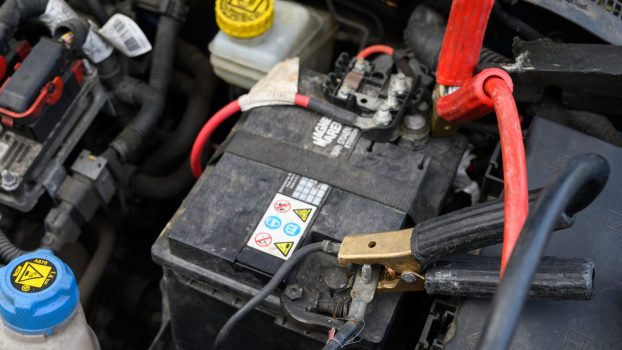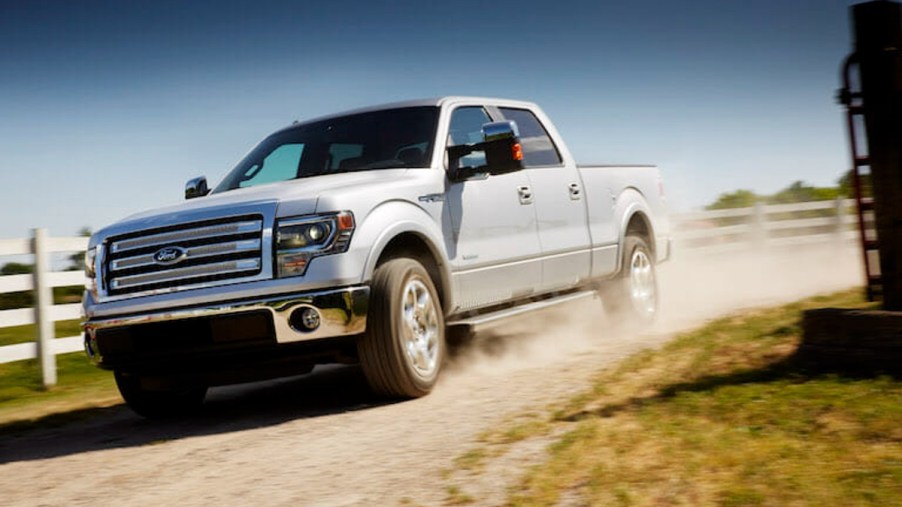
Need to Jump Start Your Truck? Here’s How in 5 Steps
Whether it’s after a bout of cold weather or your battery is in poor health, needing to jump-start a truck usually feels like it always comes at an inconvenient time. Thankfully, jumping a vehicle is not the hardest thing out there. And when done properly, it can be a brief process as well. So how can you jump-start a truck, and what’s the best method?
How do you know if your truck needs a jump-start?
Some key signs that your truck needs a jump are if the engine cranks but doesn’t start, nothing seems to be turning on, or if it struggles with cold cranking. Now, that isn’t to say a battery with no charge only causes those things, but they are a good indication.
The good news is if you have a friend or a good samaritan with a vehicle, you can likely get a jump. And that will allow you to drive your truck, but you should definitely check the health of your battery after doing so.
1. Position the donor vehicle
You’ll want to park the booster vehicle so that the jumper cables can easily reach its battery terminals and your pickup truck’s battery terminals. Depending on what kind of truck you drive and where it’s parked, that might be easier said than done.
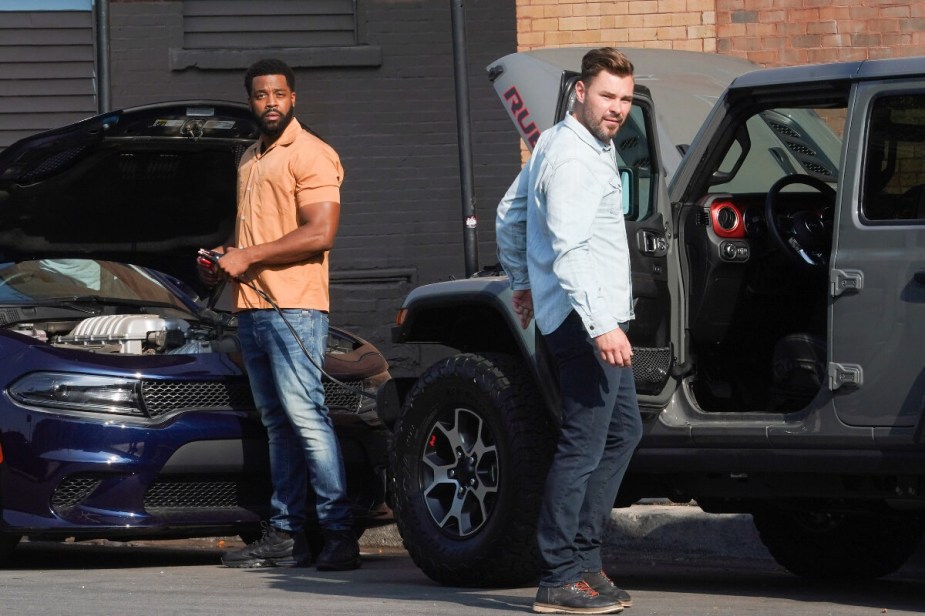
In most cases, the battery will be located under the hood. Once everything is positioned, ensure everything is turned off. That includes things like your radio and climate control.
2. Find the battery terminals
The next step is to locate the battery terminals. They should be fairly prominent and will typically be capped with red and black caps. Although, it is possible they might have broken off at some point. There is a positive (+) and a negative (-) terminal, the positive is marked by red.
If you notice the battery is cracked or leaking, do not attempt to jump it. And if there is corrosion on the terminals, clean them with something like a wire brush.
3. Connect the jumper cables
As you might expect here, red goes to red, and black goes to black. But, there is a proper sequence to connect the cables in order to jump-start your truck correctly. The first step is to ensure that the metal clamps do not touch each other once connected to the battery.
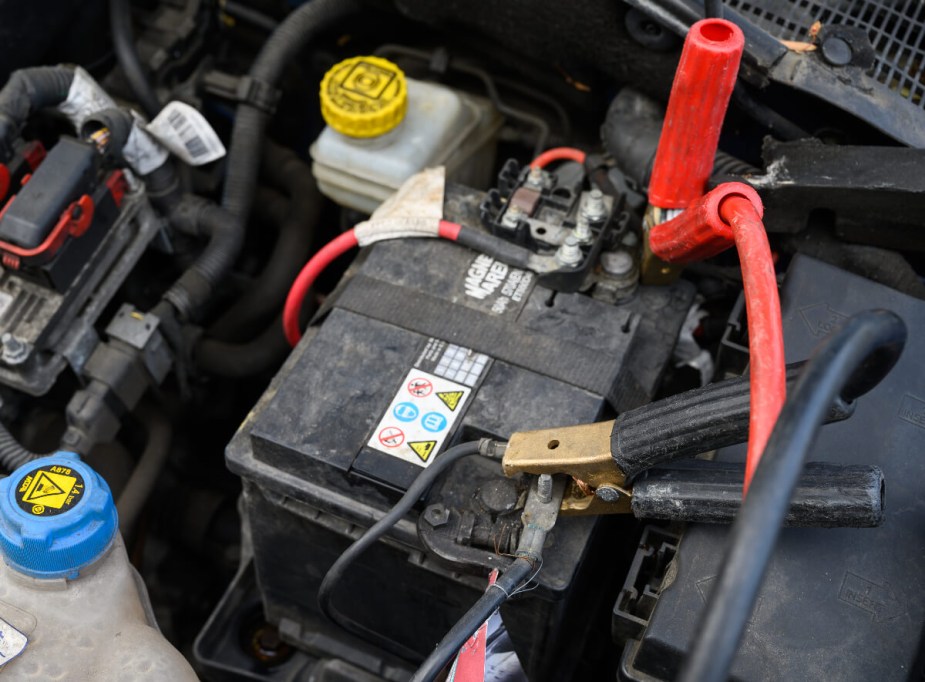
The proper way to connect jumper cables to a battery is as follows:
- Attach the red clamp to the positive terminal of the dead battery
- Attach the other end of the red clamp to the booster battery’s positive terminal
- Attach the black clamp to the negative terminal of the booster battery
- Find an unpainted metal part of your truck to attach the other end of the black cable
Oftentimes, modern trucks will have a specific part to connect the ground cable to. There might be a grounding bolt that is meant to be connected to.
4. Jump-start your truck
After everything is connected, it is time to jump-start your pickup truck. First, you can start the vehicle that has the booster battery. I suggest letting it run for a little bit to build up a charge. Then, you can attempt to start your truck. If it doesn’t turn over right away, just wait a little bit longer.
5. Remove the jumper cables
Once your truck is jumped, you can go ahead and remove the cables. You’ll want to disconnect the negative clamp from your truck and the donor car. Once again, making sure not to touch the clamps.
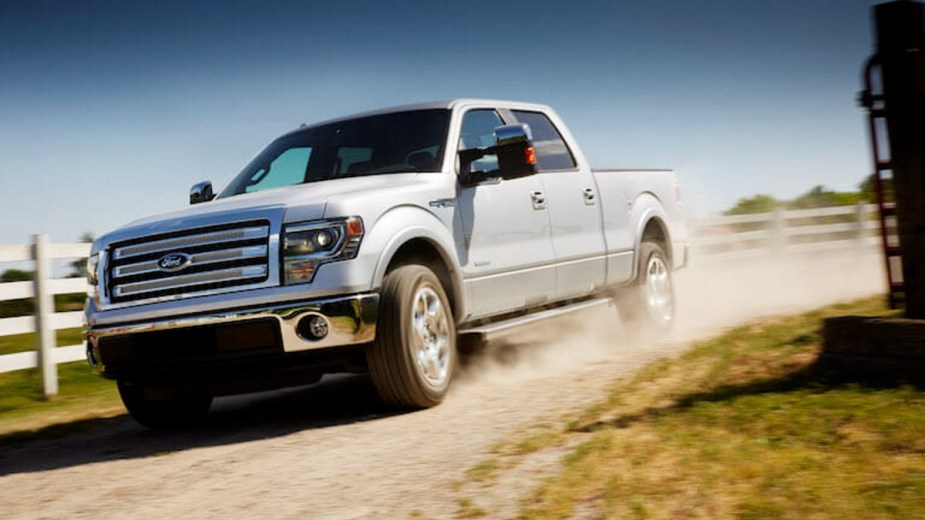
After that, remove the positive clamp from the donor vehicle, then do the same for your pickup truck. You should be ready to drive at this point. It is possible that the health of your battery might be compromised, so don’t just shut the truck off after a jump. According to Kelley Blue Book, drive it around a bit in order to build up a charge.
